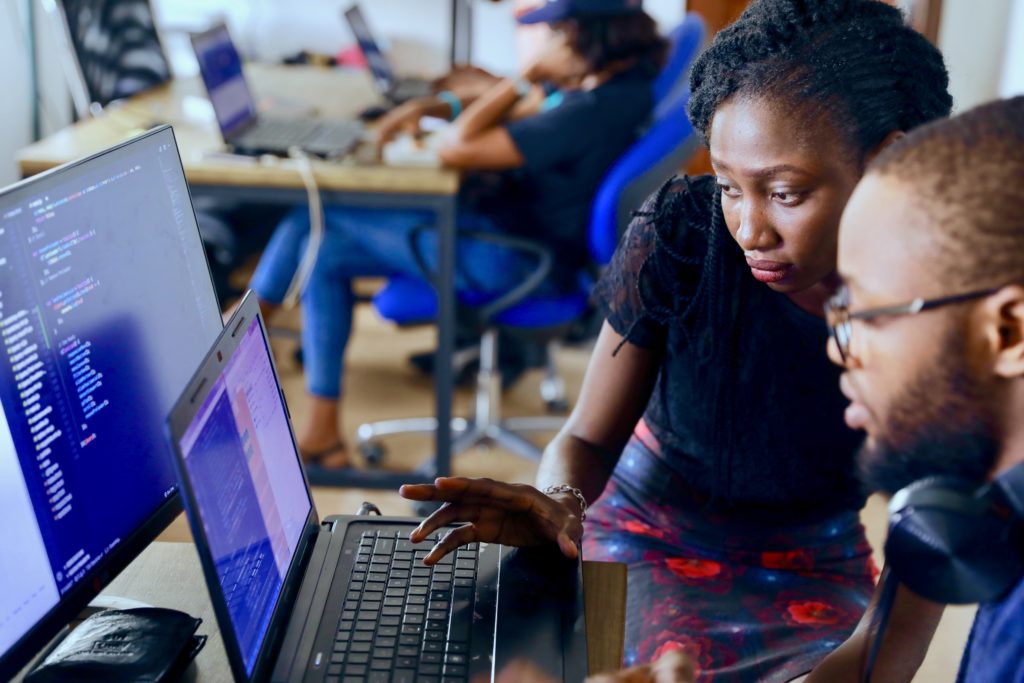How does trade affect how people use land? How much does it contribute to greenhouse gas emissions? And how does this all affect wildlife? To delve into these issues, we will combine complex models on how people use land with cutting-edge models of how wildlife responds to human activity.
We will first use a model called GLOBIOM to see how agriculture, forestry, and bioenergy compete with each other for land. With it we can answer questions around:
We will run the model under different possible trade scenarios, testing trade policies with varying scenarios of human population growth and well-being, and see how each one may affect land use. We will also be able to calculate how using land to reduce greenhouse gas emissions, when combined with emissions released by trade-related activities, will affect global temperatures

The next step will be to see how these land use changes and greenhouse gas emissions might affect wildlife. This is where biodiversity models come in. These models examine the responses of wildlife to human pressures. By taking the projected land-use and climate changes from GLOBIOM and putting them into biodiversity models (such as PREDICTS, Madingley and others), we can understand their likely effects on wildlife.
With all this information we will be able to meaningfully examine how trade impacts, and interacts with, biodiversity and emissions and how these affect factors such as human health and wellbeing.
Necessary cookies are absolutely essential for the website to function properly. This category only includes cookies that ensures basic functionalities and security features of the website. These cookies do not store any personal information.
Any cookies that may not be particularly necessary for the website to function and is used specifically to collect user personal data via analytics, ads, other embedded contents are termed as non-necessary cookies. It is mandatory to procure user consent prior to running these cookies on your website.